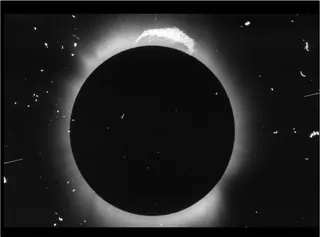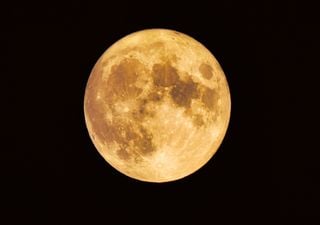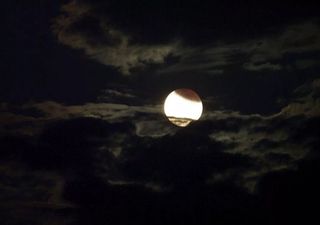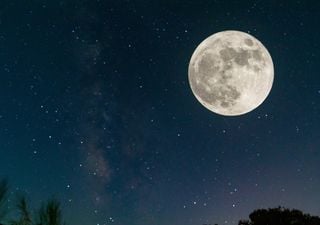September’s Harvest Supermoon and partial eclipse: how to watch this celestial spectacle on September 17
The Harvest Supermoon on September 17 will light up the night sky with a partial eclipse, visible across North America, Europe, and Africa.
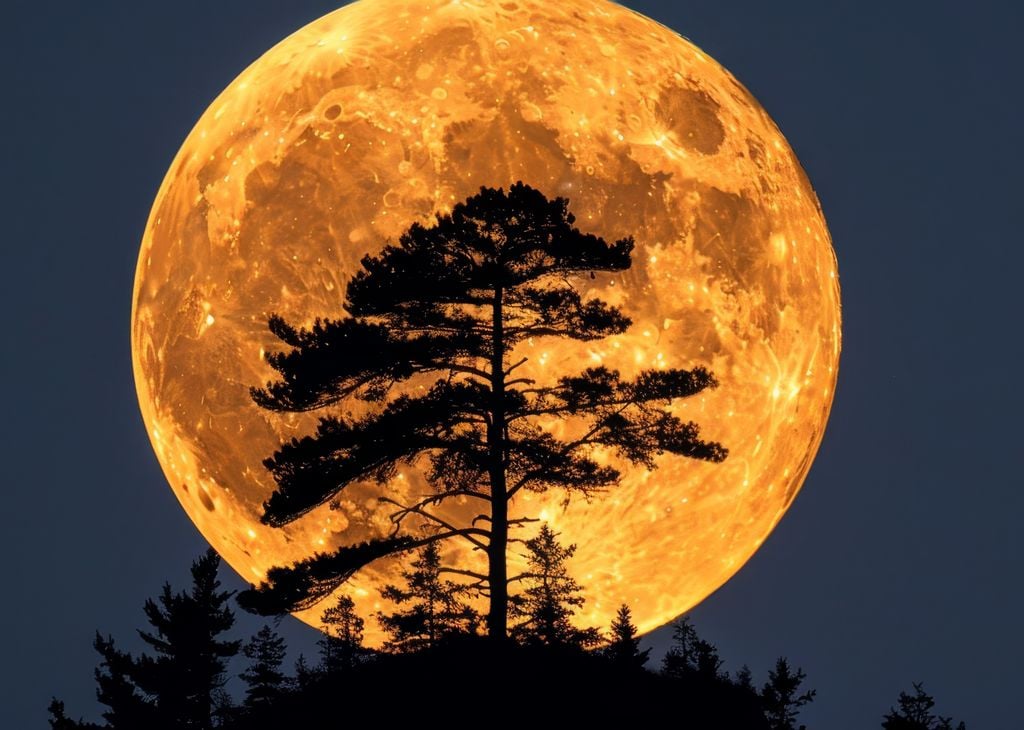
On September 17, skywatchers will witness a stunning celestial event as the Harvest Supermoon coincides with a partial lunar eclipse. This dazzling phenomenon will be visible across North America, South America, Europe, and Africa. Saturn will also be a prominent feature, shining brightly near the moon throughout the night.
What is a Harvest Supermoon?
The Harvest Supermoon is not just any full moon—it’s a unique event that happens when the moon reaches its closest point to Earth during its elliptical orbit. This makes the moon appear slightly larger and brighter in the sky. Known for rising near sunset for several nights in a row, this moon is historically significant for its connection to the harvest season, giving farmers extra light to gather crops in the evening.
Look up at the sky this September!
— Museum of Science (@museumofscience) September 1, 2024
In both hemispheres
The Harvest Moon rises on September 17.
In the Northern Hemisphere
Enjoy a partial lunar eclipse and Supermoon on September 17 and 18.
In the Southern Hemisphere
️ Comet Tsuchinshan-Atlas may become visible pic.twitter.com/gAEsyNMdTA
In 2024, the Harvest Supermoon is the second of four consecutive supermoons. These rare events make the moon appear more visually striking due to its closer proximity to Earth. This year's Harvest Supermoon, in particular, is expected to be an impressive sight, perfect for moon gazers and space enthusiasts alike.
The Partial Lunar Eclipse
Along with the supermoon, September 17 will feature a partial lunar eclipse. This occurs when the moon passes through Earth's shadow, blocking out part of the sunlight that usually illuminates it. While only 8.4% of the moon will move into the Earth’s darker inner shadow, known as the umbra, the eclipse will still offer a dramatic visual experience.
The next full moon will be on Tuesday, September 17, 2024 at 10:34 PM Eastern Time. It will be a supermoon and is also known as the Harvest Moon. https://t.co/ArR8CG3vDX
— Lucid Anti Commie (@NotCommie42951) September 10, 2024
The eclipse will start with a faint shadow, known as the penumbral phase, dimming the moon's brightness. This gradual change will be visible from 8:41 p.m. to 10:13 p.m. EDT, followed by the partial eclipse reaching its peak at 10:44 p.m. EDT. The entire event will last until just after midnight, offering plenty of time for viewers to marvel at the show.
Best Viewing Tips and Times
To get the best view of the Harvest Supermoon and eclipse, it’s important to know the peak times and have a clear vantage point. The moon will be officially full at 10:34 p.m. EDT, with the partial eclipse reaching its peak just 10 minutes later. For observers in North and South America, Europe, and Africa, this will be the optimal time to witness the event.
Partial Eclipse of Septembers Harvest Supermoon Visible from Colombia https://t.co/x7XLVow4W1 pic.twitter.com/nuGQApcmrt
— ColombiaOne (@Co1ombia) September 8, 2024
Be sure to find a location with minimal light pollution and a clear view of the eastern horizon. Saturn will also be shining nearby, adding to the celestial spectacle. Don’t forget to bring binoculars or a telescope for a closer look at both the moon’s surface and the surrounding stars.
News reference:
Carter, J. “How to watch the 'Harvest Supermoon' get eclipsed by Earth next week” https://www.livescience.com/space/the-moon/how-to-watch-the-harvest-supermoon-get-eclipsed-by-earth-next-week





